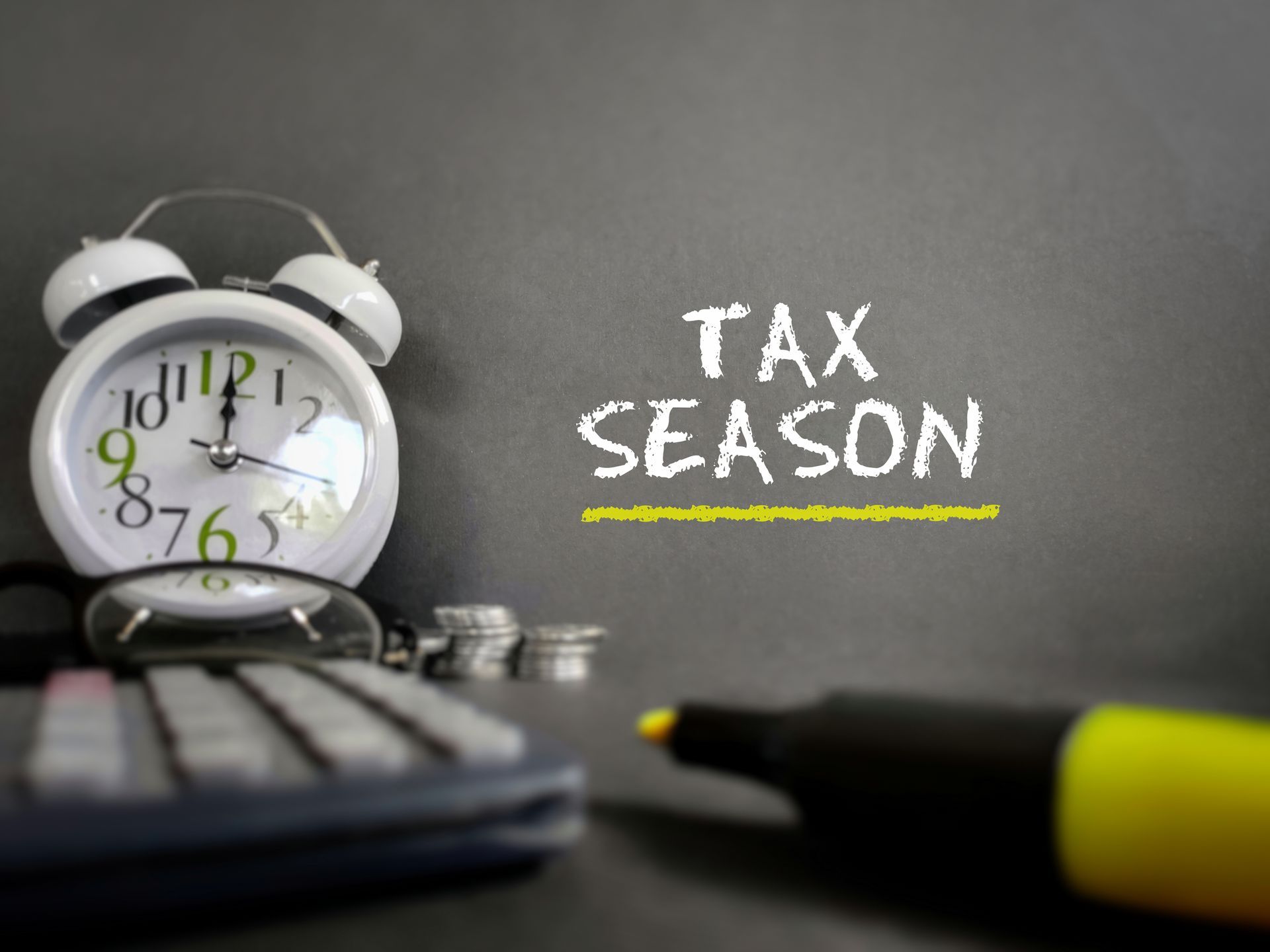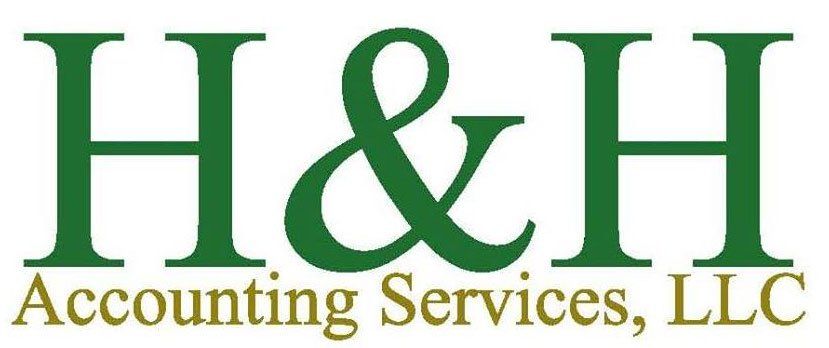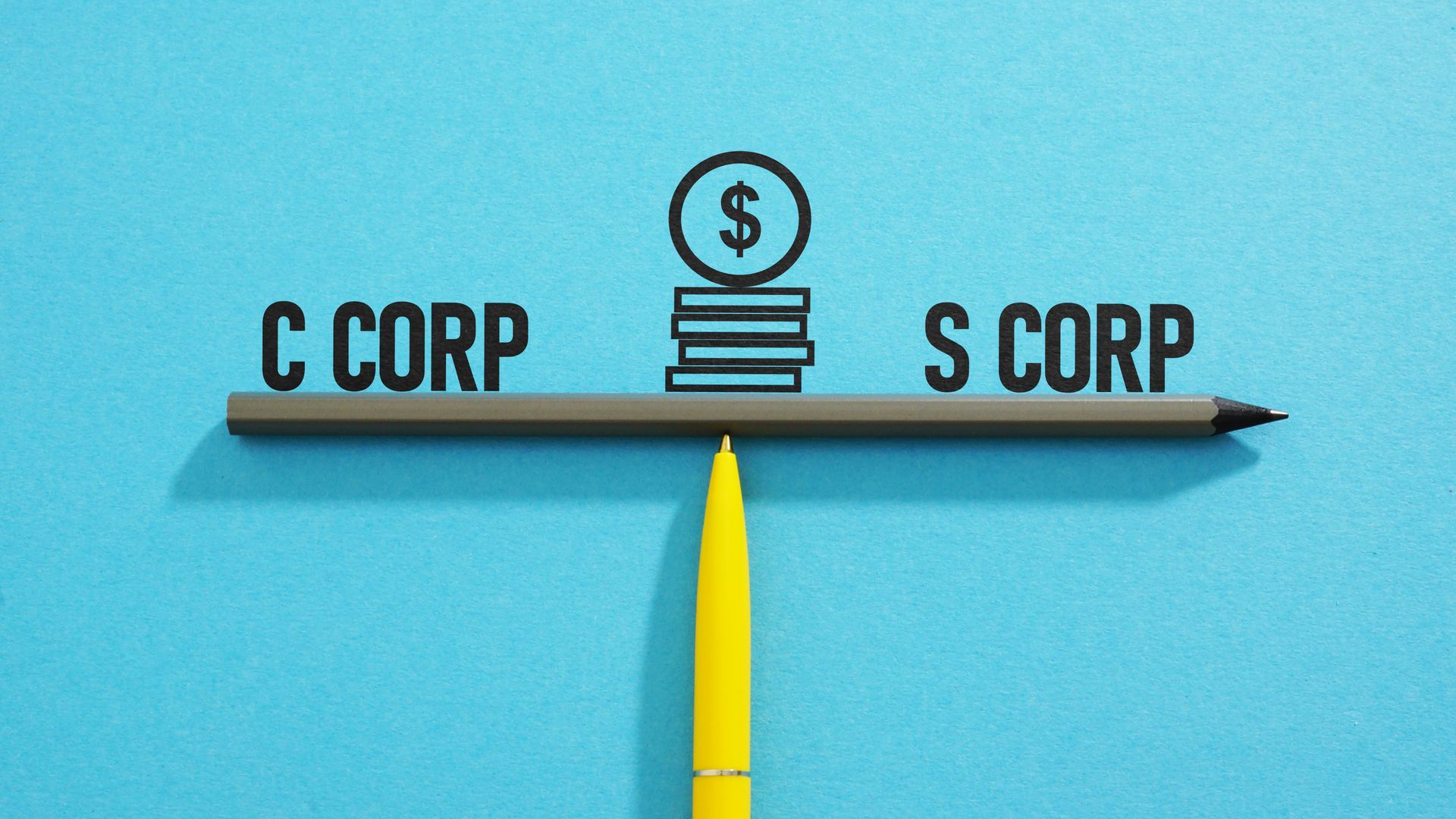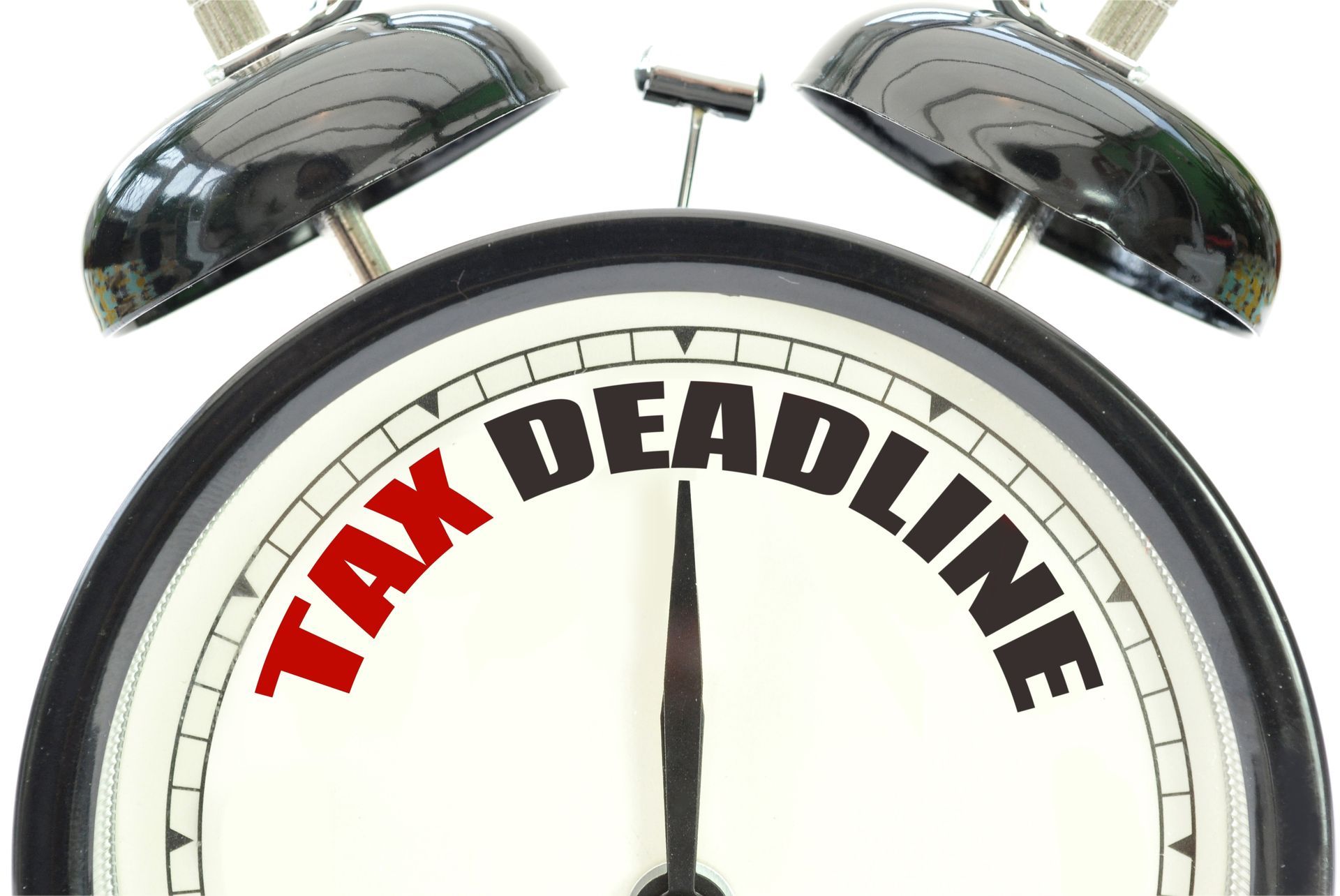Why Reviewing Your Chart of Accounts Before Tax Season Can Save You Thousands

For many business owners, tax season feels like a scramble. You spend hours sorting through expenses, reconciling accounts and trying to make sense of what happened over the past twelve months. Often, the real problem is not the taxes themselves but the bookkeeping structure (or lack thereof) that supports them.
Taking time before tax season to review and clean up your chart of accounts can transform your financial reporting from chaotic to clear. Accuracy and transparency can pay dividends, and may even reveal avenues for reducing both your tax liability and accounting costs.
The Role of the Chart of Accounts
Your chart of accounts (COA) serves as the foundation of your accounting system. Every transaction in your business, including every sale, vendor payment, payroll entry or equipment purchase, should be categorized here. It provides the structure for financial reports, tax filings and management decisions.
When the COA is well organized, it gives you an accurate picture of how money moves through your company. When it is cluttered, inconsistent or outdated, it hides critical information. A messy chart of accounts leads to duplicated expense categories, misclassified assets and unreliable reports. That confusion makes it harder to prepare accurate tax returns and increases the time your CPA must spend cleaning up your books.
Why a Year-End Review Matters
- Cleaner Tax Reporting
When expense categories are accurate, your CPA can easily match them to IRS reporting requirements. This reduces the risk of errors that might trigger questions or adjustments during filing. - Improved Expense Tracking
A refined COA helps you distinguish between deductible expenses, capital assets and non-deductible items. For example, knowing which equipment qualifies for Section 179 expensing versus depreciation can change your taxable income dramatically.
Easier Audits and Reviews
Well-organized financial records help prove deductions quickly if your return is ever reviewed by the IRS or the Arizona Department of Revenue. A detailed, accurate chart of accounts shows that your recordkeeping meets compliance standards.
- Better Business Decisions: Clean data is not just for tax season. When you understand your true expenses and revenue drivers, you can make better operational and investment decisions year-round.
Common Problems That Cost Businesses Money
Even small mistakes in the chart of accounts can have costly effects. The most common issues include:
- Duplicate expense categories such as “Office Supplies” and “Office Expenses,” which cause confusion and make it easy to miss deductions.
- Personal expenses recorded in business accounts, which complicate tax filings and can create audit red flags.
- Improper asset tracking, where equipment purchases are listed as expenses instead of capital assets. This can lead to missed depreciation deductions worth thousands of dollars.
- Outdated or irrelevant accounts that no longer reflect your business structure or operations.
Steps to Review and Clean Up Your Chart of Accounts
- Start with a Current List
Export your COA from your accounting software. Look for duplicate or confusing categories. Consolidate where appropriate to make reporting clearer. - Align with Tax Categories
Compare your expense accounts to IRS Schedule C or corporate tax categories. Standardizing them ensures that your reporting aligns directly with how deductions will be filed. - Separate Assets from Expenses
Review large purchases from the year and classify them properly. Fixed assets such as vehicles, computers and equipment should appear under asset accounts, not expenses, to allow for depreciation or Section 179 expensing. - Review Liability Accounts
Check that credit cards, loans and payroll tax liabilities have correct balances and that payments have been applied accurately throughout the year. - Simplify for Reporting
A chart of accounts should be detailed enough to show insight but not so complex that it creates confusion. Aim for consistency across periods and departments so financial statements are easy to compare year over year. - Reconcile and Verify
Once categories are cleaned up, reconcile bank and credit card accounts to ensure transactions are properly recorded.
The Payoff: Efficiency and Savings
- Your accountant spends less time sorting transactions, which means lower business tax preparation fees.
- You gain visibility into true business performance, making it easier to identify areas for cost control or potential deductions.
- Most importantly, your tax return becomes faster, cleaner and less likely to trigger questions from the IRS.
For Arizona business owners, where state and federal tax alignment can vary depending on business type, having a clean COA helps you apply deductions properly at both levels. It also makes year-end planning strategies, such as accelerated depreciation or expense timing, easier to execute.
Partner With Business Account and Tax Preparation Professionals in Phoenix, AZ
Schedule a year-end accounting review with H&H Accounting Services today by calling (480) 561-5805 and start tax season with organized books, clear data and confidence that your business is maximizing every deduction available.



